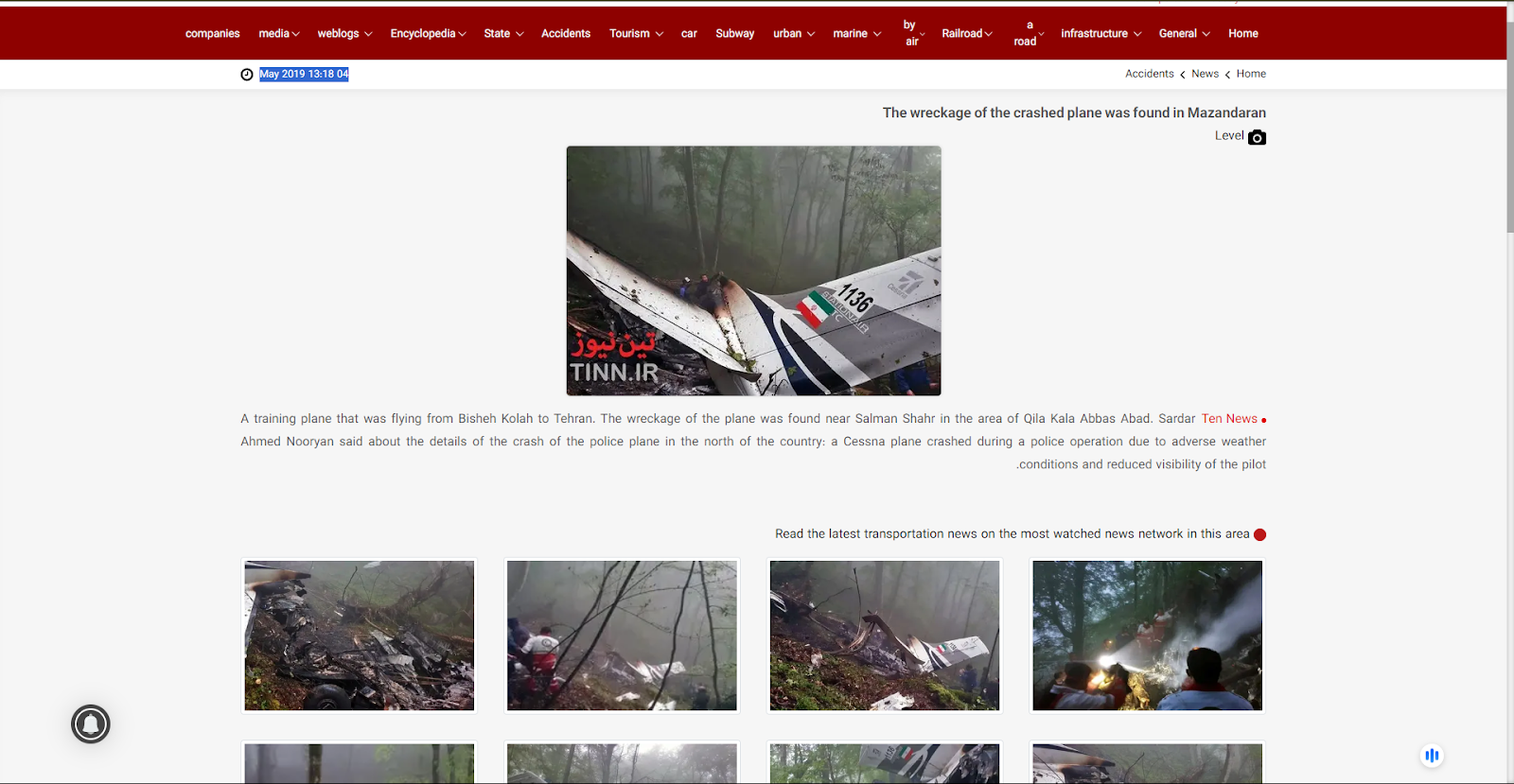Introduction
In a world where social media dictates public perception and content created by AI dilutes the difference between fact and fiction, mis/disinformation has become a national cybersecurity threat. Today, disinformation campaigns are designed for their effect, with political manipulation, interference in public health, financial fraud, and even community violence. India, with its 900+ million internet users, is especially susceptible to this distortion online. The advent of deep fakes, AI-text, and hyper-personalised propaganda has made disinformation more plausible and more difficult to identify than ever.
What is Misinformation?
Misinformation is false or inaccurate information provided without intent to deceive. Disinformation, on the other hand, is content intentionally designed to mislead and created and disseminated to harm or manipulate. Both are responsible for what experts have termed an "infodemic", overwhelming people with a deluge of false information that hinders their ability to make decisions.
Examples of impactful mis/disinformation are:
- COVID-19 vaccine conspiracy theories (e.g., infertility or microchips)
- Election-related false news (e.g., EVM hacking so-called)
- Social disinformation (e.g., manipulated videos of riots)
- Financial scams (e.g., bogus UPI cashbacks or RBI refund plans)
How Misinformation Spreads
Misinformation goes viral because of both technology design and human psychology. Social media sites such as Facebook, X (formerly Twitter), Instagram, and WhatsApp are designed to amplify messages that elicit high levels of emotional reactions are usually polarising, sensationalistic, or fear-mongering posts. This causes falsehoods or misinformation to get much more attention and activity than authentic facts, and therefore prioritises virality over truth.
Another major consideration is the misuse of generative AI and deep fakes. Applications like ChatGPT, Midjourney, and ElevenLabs can be used to generate highly convincing fake news stories, audio recordings, or videos imitating public figures. These synthetic media assets are increasingly being misused by bad actors for political impersonation, propagating fabricated news reports, and even carrying out voice-based scams.
To this danger are added coordinated disinformation efforts that are commonly operated by foreign or domestic players with certain political or ideological objectives. These efforts employ networks of bot networks on social media, deceptive hashtags, and fabricated images to sway public opinion, especially during politically sensitive events such as elections, protests, or foreign wars. Such efforts are usually automated with the help of bots and meme-driven propaganda, which makes them scalable and traceless.
Why Misinformation is Dangerous
Mis/disinformation is a significant threat to democratic stability, public health, and personal security. Perhaps one of the most pernicious threats is that it undermines public trust. If it goes unchecked, then it destroys trust in core institutions like the media, judiciary, and electoral system. This erosion of public trust has the potential to destabilise democracies and heighten political polarisation.
In India, false information has had terrible real-world outcomes, especially in terms of creating violence. Misleading messages regarding child kidnappers on WhatsApp have resulted in rural mob lynching. As well, communal riots have been sparked due to manipulated religious videos, and false terrorist warnings have created public panic.
The pandemic of COVID-19 also showed us how misinformation can be lethal. Misinformation regarding vaccine safety, miracle cures, and the source of viruses resulted in mass vaccine hesitancy, utilisation of dangerous treatments, and even avoidable deaths.
Aside from health and safety, mis/disinformation has also been used in financial scams. Cybercriminals take advantage of the fear and curiosity of the people by promoting false investment opportunities, phishing URLs, and impersonation cons. Victims get tricked into sharing confidential information or remitting money using seemingly official government or bank websites, leading to losses in crypto Ponzi schemes, UPI scams, and others.
India’s Response to Misinformation
- PIB Fact Check Unit
The Press Information Bureau (PIB) operates a fact-checking service to debunk viral false information, particularly on government policies. In 3 years, the unit identified more than 1,500 misinformation posts across media.
- Indian Cybercrime Coordination Centre (I4C)
Working under MHA, I4C has collaborated with social media platforms to identify sources of viral misinformation. Through the Cyber Tipline, citizens can report misleading content through 1930 or cybercrime.gov.in.
- IT Rules (The Information Technology (Intermediary Guidelines and Digital Media Ethics Code) Rules, 2021 [updated as on 6.4.2023]
The Information Technology (Intermediary Guidelines) Rules were updated to enable the government to following aspects:
- Removal of unlawful content
- Platform accountability
- Detection Tools
There are certain detection tool that works as shields in assisting fact-checkers and enforcement bodies to:
- Identify synthetic voice and video scams through technical measures.
- Track misinformation networks.
- Label manipulated media in real-time.
CyberPeace View: Solutions for a Misinformation-Resilient Bharat
- Scale Digital Literacy
"Think Before You Share" programs for rural schools to teach students to check sources, identify clickbait, and not reshare fake news.
- Platform Accountability
Technology platforms need to:
- Flag manipulated media.
- Offer algorithmic transparency.
- Mark AI-created media.
- Provide localised fact-checking across diverse Indian languages.
- Community-Led Verification
Establish WhatsApp and Telegram "Fact Check Hubs" headed by expert organisations, industry experts, journalists, and digital volunteers who can report at the grassroots level fake content.
- Legal Framework for Deepfakes
Formulate targeted legislation under the Bhartiya Nyaya Sanhita (BNS) and other relevant laws to make malicious deepfake and synthetic media use a criminal offense for:
- Electoral manipulation.
- Defamation.
- Financial scams.
- AI Counter-Misinformation Infrastructure
Invest in public sector AI models trained specifically to identify:
- Coordinated disinformation patterns.
- Botnet-driven hashtag campaigns.
- Real-time viral fake news bursts.
Conclusion
Mis/disinformation is more than just a content issue, it's a public health, cybersecurity, and democratic stability challenge. As India enters the digitally empowered world, making a secure, informed, and resilient information ecosystem is no longer a choice; now, it's imperative. Fighting misinformation demands a whole-of-society effort with AI innovation, public education, regulatory overhaul, and tech responsibility. The danger is there, but so is the opportunity to guide the world toward a fact-first, trust-based digital age. It's time to act.
References















